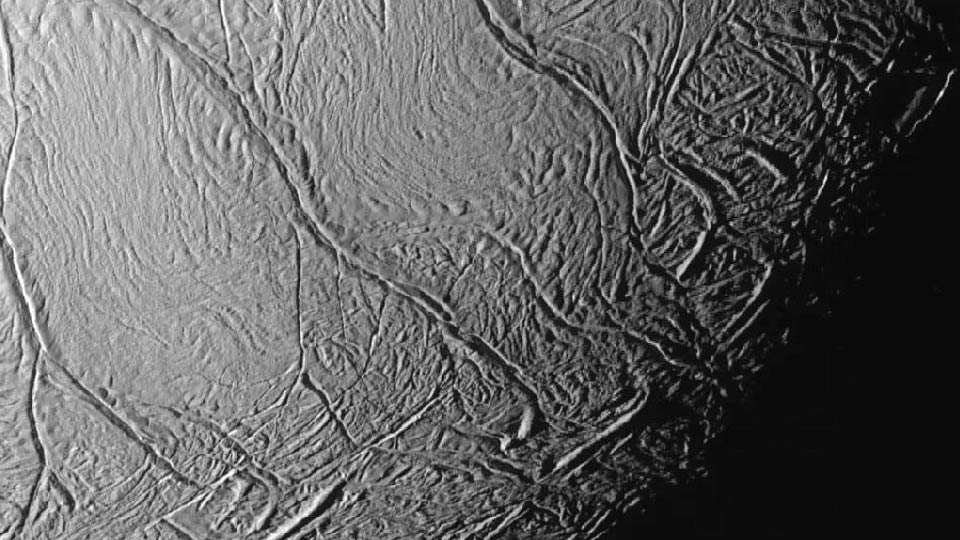Applied Sciences, Vol. 14, Pages 2138: A Fluid–Structure Coupling Analysis of a Far-Field Flat Mirror for AliCPT-1 Telescope Calibration
Applied Sciences doi: 10.3390/app14052138
Authors: Jianrong Cai Aimei Zhang Xufang Li Congzhan Liu Yongping Li Zhongxue Xin Zhengwei Li Xuefeng Lu
AliCPT-1 is the first cosmic microwave background (CMB) experiment in China dedicated to achieving accurate measurements of B-mode polarization. Situated in Ali of Tibet, China, this telescope is currently undergoing deployment and will operate in two frequency bands centered at 90 and 150 GHz. The far-field flat mirror (FFF) is a calibration device of the AliCPT-1 telescope for far-field beam mapping. The design of the FFF is optimized for easy assembly and adjustment. Meteorological station data reveal that the maximum wind speed near the FFF is 17.5 m/s, while the maximum wind speed on the windward side is 8 m/s. The wind pressure on the FFF was analyzed using a maximum wind speed of 17.5 m/s as the input condition, based on the fluid–structure coupling method in ANSYS. The results demonstrate that it is safe and reliable when withstanding combined gravity and wind pressure loads. The torque on the mount is within the motor rated torque. The flatness of the FFF reflective surface can be adjusted to an RMS value of 0.05 mm when taking into account the effect of gravity and assembly accuracy. The deformation caused by the maximum wind loads is approximately 0.0587 mm under the protection of the wind-proof wall. The combined deformation is 0.077 mm in RMS value combining the two influences, which is less than 1/20 of wavelength. The FFF mirror assembly is stable and precise for telescope calibration.

 1 month ago
18
1 month ago
18


